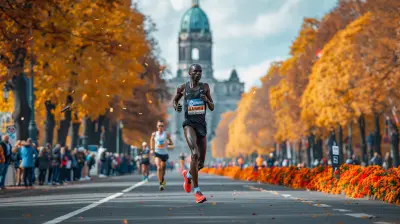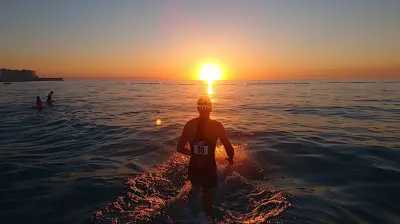Injury Prevention: Protecting Your Knees and Ankles in Athletics
15 September 2025
Let’s face it—nothing can sideline your progress in sports faster than a nagging injury, especially when it involves your knees or ankles. Whether you're sprinting down the soccer field, landing jumps on the basketball court, or pounding pavements on your morning run, your lower joints take a serious beating. That’s why injury prevention, especially for knees and ankles, is essential—not optional.
In this article, we’re diving deep into how to keep those all-important joints safe, strong, and ready for game day. We’ll break down practical tips, exercises, habits, and common mistakes—all in plain English, without the fluff.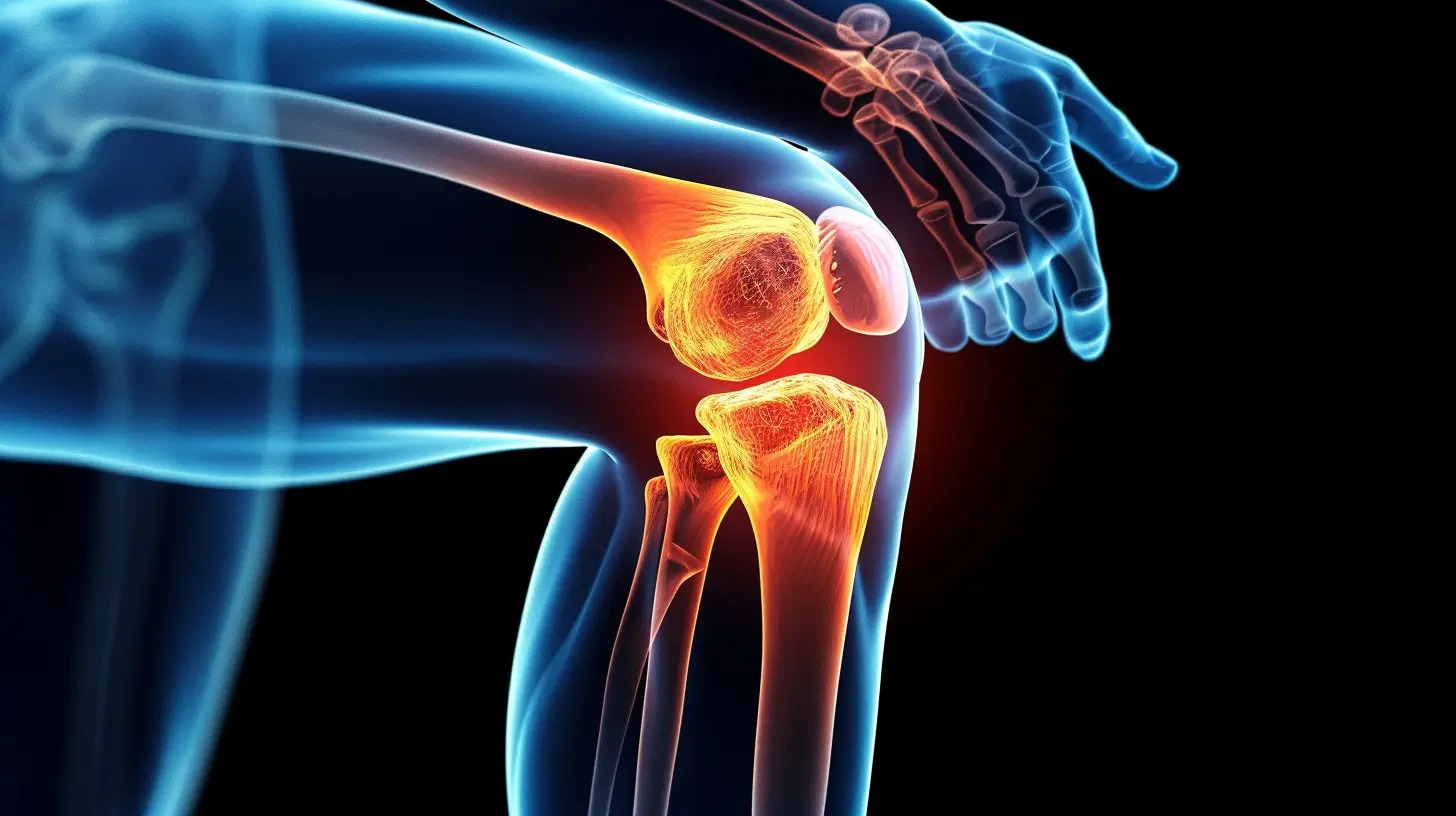
Why Are Knees and Ankles So Prone to Injury?
Ever wonder why knee and ankle injuries are so common in athletes? Well, think of your legs like the suspension system of a car. They take the brunt of every movement—sharp turns, rapid stops, sudden take-offs.Your knees are complex joints made up of bones, cartilage, ligaments, and tendons that work together to help you move efficiently. The ankles? Same story. They support your entire body weight and help you balance, pivot, and push off.
Here’s the kicker: these joints aren’t just taking physical load—they’re constantly adjusting to uneven surfaces, unexpected impacts, and repetitive stress. One wrong twist, and boom—you’re out for weeks.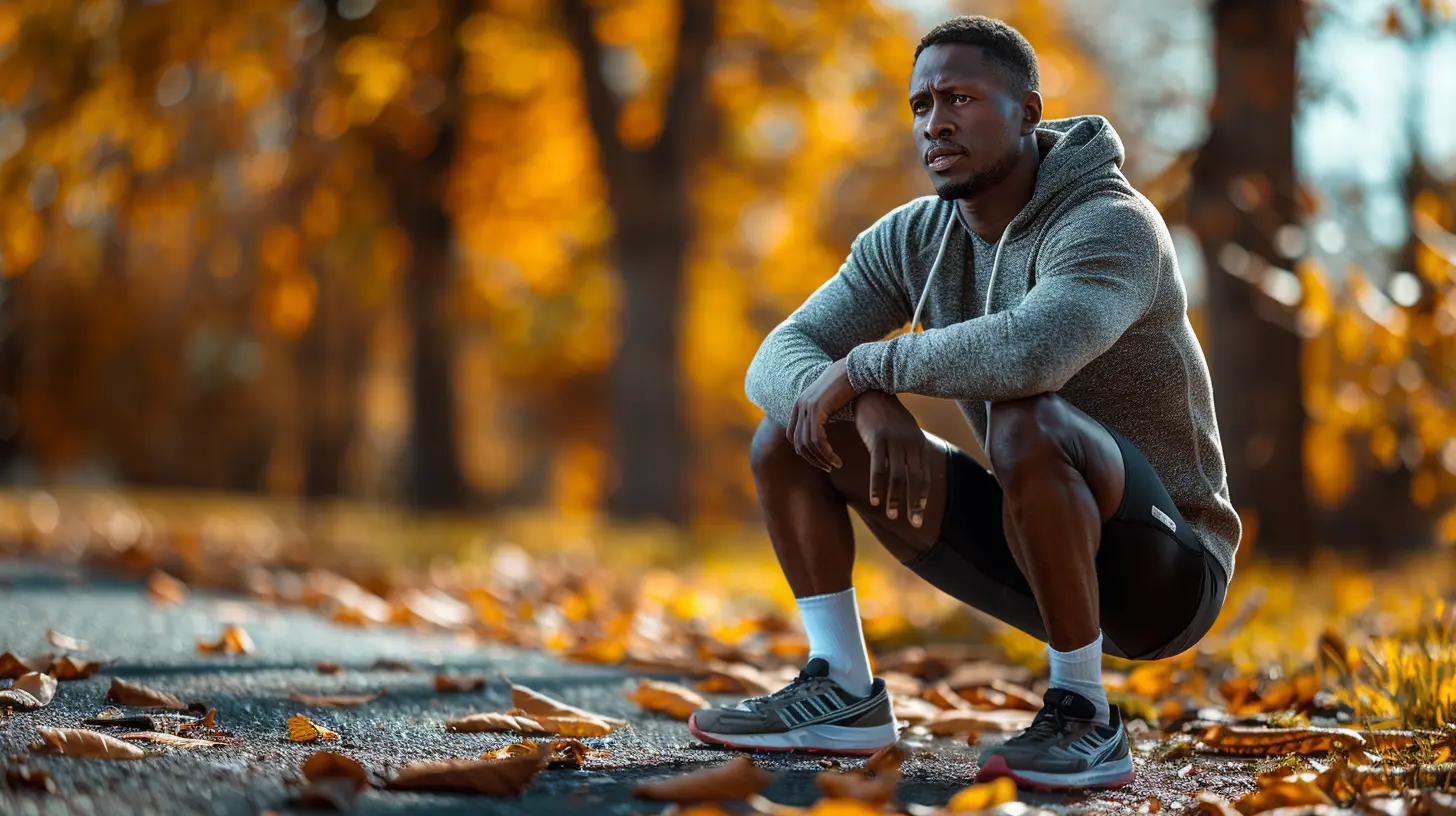
Most Common Knee and Ankle Injuries in Sports
Before we figure out how to prevent injuries, let’s look at some of the usual suspects.🦵 Common Knee Injuries:
- ACL tear – Often a result of sudden stops or changes in direction- Meniscus tear – From twisting movements under pressure
- Patellar tendinitis (Jumper’s knee) – Due to overuse, especially in sports with jumping
- Runner's knee (Patellofemoral pain syndrome) – Caused by repetitive movement and poor alignment
🦶 Common Ankle Injuries:
- Ankle sprain – From rolling or twisting the ankle- Achilles tendinitis – Overuse injury of the Achilles tendon
- Fractures – Direct impact or severe twists can break bones
- Ankle instability – Often from recurring sprains without proper rehab
See the pattern? Most of these stem from overuse, poor mechanics, or not warming up right.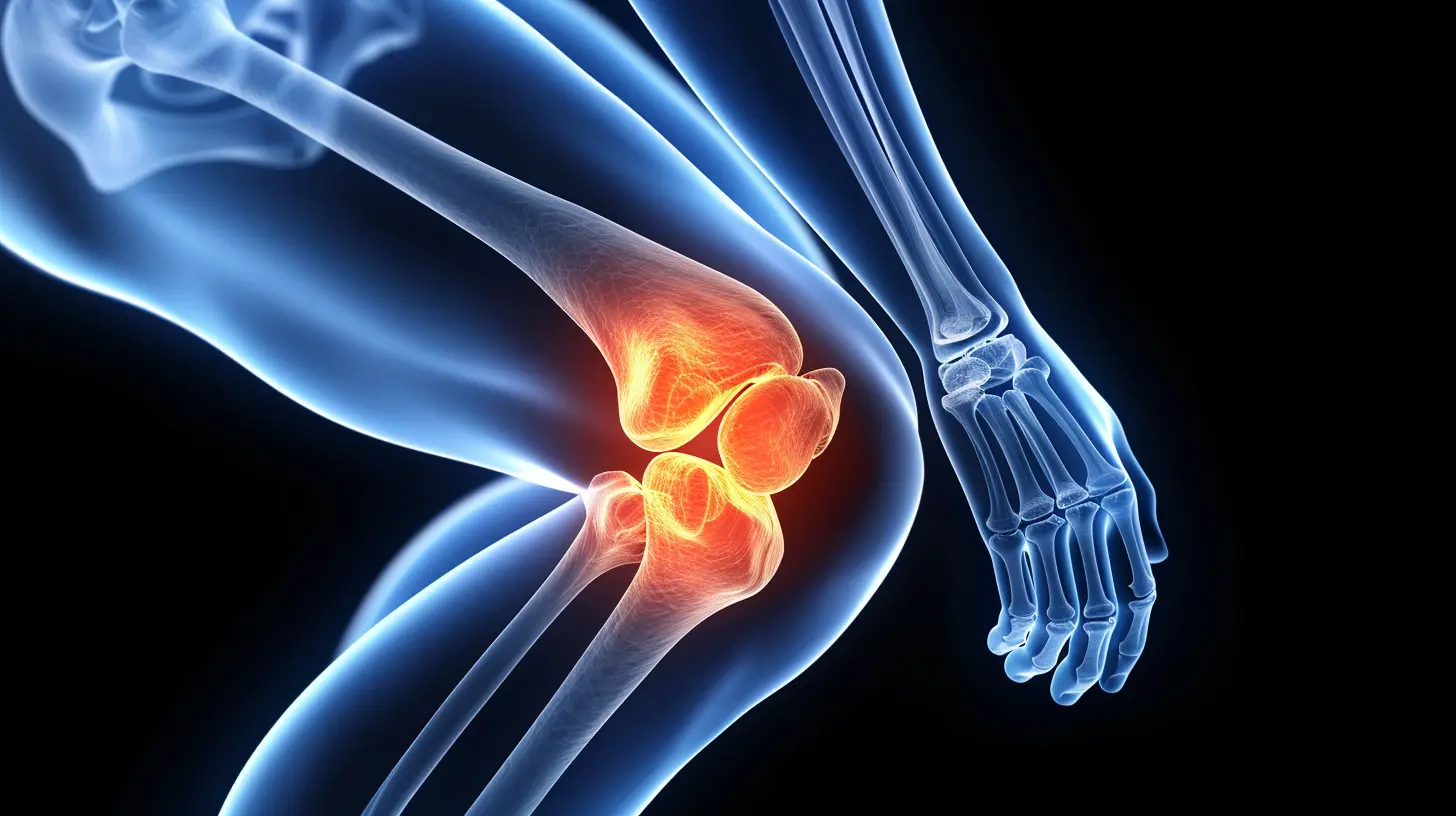
Red Flags: Signs You’re Headed Toward Injury
Let’s get real for a second—your body sends you warning signs. Are you listening?Here are some red flags:
- Persistent soreness after workouts
- Swelling or stiffness in the joint
- Clicking, popping, or grinding sensations
- Reduced range of motion
- Pain when performing basic activities like walking or squatting
Ignoring these is like hearing your smoke alarm and going back to sleep. Don’t wait for the fire—take action early.
Warm-Up: Your First Line of Defense
Skipping your warm-up is like jumping into traffic without looking both ways. A proper warm-up preps your muscles and joints for action, boosts blood flow, and primes your nervous system.Here’s a go-to warm-up routine for lower body sports:
1. Jog or jump rope (5 minutes) – Get the heart rate up
2. Leg swings (front-to-back, side-to-side) – Loosen those hips and hamstrings
3. Bodyweight squats and lunges – Activate quads, glutes, and calves
4. High knees and butt kicks – Increase dynamic mobility
5. Ankle rolls and toe walks – Fire up those small stabilizing muscles
Spend 10-15 minutes here, and your knees and ankles will be way less likely to wave the white flag mid-game.
Strengthening the Right Muscles
Strong muscles = Joint protection.You see, muscles act like armor for your joints. When they’re weak, your knees and ankles absorb more force than they should. Time to change that.
💪 Key Muscles to Strengthen:
- Quads and hamstrings – These balance the knee joint- Glutes – Crucial for hip stability and proper movement patterns
- Calves – Help absorb impact and control ankle movement
- Core – A stable core keeps your entire kinetic chain aligned
🔧 Essential Exercises:
- Squats (bodyweight, goblet, or barbell)- Deadlifts (start light and focus on form)
- Step-ups
- Glute bridges
- Calf raises
- Planks and side planks
Start light, master the form, and build gradually. You don’t build Rome or bulletproof knees in a day.
Mobility Matters More Than You Think
Think of mobility like oiling up rusty gears. You might be strong, but if your joints are stiff, they can’t move the way they’re supposed to—and that spells trouble.🧘♂️ Mobility Work To Focus On:
- Foam rolling – Loosen tight quads, hamstrings, calves, and IT bands- Dynamic stretches pre-workout – Think leg swings, hip circles, ankle pumps
- Static stretches post-workout – Hold for at least 30 seconds each
- Yoga or mobility flow sessions a couple times a week
Good mobility helps your joints move through a full range of motion, which reduces stress and prevents those awkward, injury-causing missteps.
Footwear: The Foundation of Injury Prevention
Let’s not overlook your shoes. Wearing the wrong pair is like running a marathon in flip-flops. Proper footwear provides the stability, cushioning, and support your knees and ankles need.Tips for Choosing Athletic Shoes:
- Match the shoe to your sport (running shoes ≠ basketball shoes)- Replace worn-out shoes every 300–500 miles or 6–8 months
- Look for arch support that matches your foot shape
- Cross-trainers are great if you play multiple sports
Bonus tip: If you're constantly nursing injuries, it might be time for a gait analysis or custom orthotics. Your feet could be the root of the problem.
Technique Over Ego
When it comes to training and playing, your form should always come before your pride. Cutting corners or pushing weight with poor mechanics puts unnecessary strain on your joints.Be Mindful Of:
- Jumping and landing mechanics (soft knees, balanced stance)- Proper squat and lunge alignment (knees tracking over toes)
- Not overtraining—rest days aren't lazy; they’re smart
Recording yourself during training can be an eye-opener. Sometimes what feels right actually looks… well, not so right.
Tape, Braces, and Compression: Do They Help?
There’s a lot of buzz around using braces or tape for support. The truth? They’re helpful supplements, not standalone solutions.When They Help:
- During recovery from an injury- If you have unstable joints
- For extra support in high-risk activities
Just don’t use them as a crutch. Think of them like seatbelts—they won’t replace good driving habits, but they can save you when things go sideways.
Rehab Isn’t Just for Recovery
Here’s a game-changer: You don’t need to be injured to benefit from rehab-style training. Incorporating prehab exercises into your routine can help prevent injuries altogether.Try Adding These:
- Balance exercises (e.g., single-leg stands, Bosu ball drills)- Resistance band work (ankle circles, clamshells)
- Eccentric exercises (slowly lowering during calf raises or ham curls)
- Ankle alphabet (tracing letters with your toes for mobility)
A few minutes of “boring” rehab a couple of times a week can keep you off the injured list. Totally worth it.
Nutrition and Hydration Also Play a Role
You probably didn’t expect to see food and water in an injury prevention guide, right? But here’s the reality—what you put in your body affects how it performs and recovers.- Protein helps repair muscle tissue
- Omega-3s reduce inflammation
- Calcium and vitamin D strengthen bones
- Hydration keeps joints lubricated and muscles functioning properly
Think of your body like a high-performance engine—feed it garbage and it’ll break down. Fuel it right, and it’ll go the distance.
Rest, Recovery, and Sleep—Don’t Skip These!
Training hard is important. But so is hitting the brakes.Your knees and ankles need downtime to rebuild and stay strong. Overtraining is like driving a car with no brakes—eventually, you're going to crash.
Prioritize:
- At least one full rest day per week- 7–9 hours of quality sleep per night
- Active recovery (light walking, stretching, swimming)
- Listening to your body—some aches are signals, not background noise
Final Thoughts: Your Joints are Your Teammates
Here’s the bottom line: Healthy knees and ankles make you a better athlete. They help you move efficiently, train harder, and most importantly—stay in the game.Injury prevention isn’t about bubble-wrapping yourself. It’s about smart training, staying consistent, and giving your joints the love and attention they deserve.
So take the time to warm up, strengthen, stretch, fuel properly, and recover like a pro. Your future self (and your joints) will thank you.
all images in this post were generated using AI tools
Category:
AthleticsAuthor:

Uziel Franco
Discussion
rate this article
1 comments
Gwen Bishop
Injury prevention is key to unlocking your full athletic potential! By prioritizing knee and ankle care, you're not just protecting your body—you're investing in your future success. Stay proactive, listen to your body, and keep pushing toward your goals. Great insights in this article!
September 29, 2025 at 12:16 PM

Uziel Franco
Thank you for your thoughtful comment! I completely agree—prioritizing knee and ankle care is essential for long-term success in athletics. Let's keep pushing forward!

